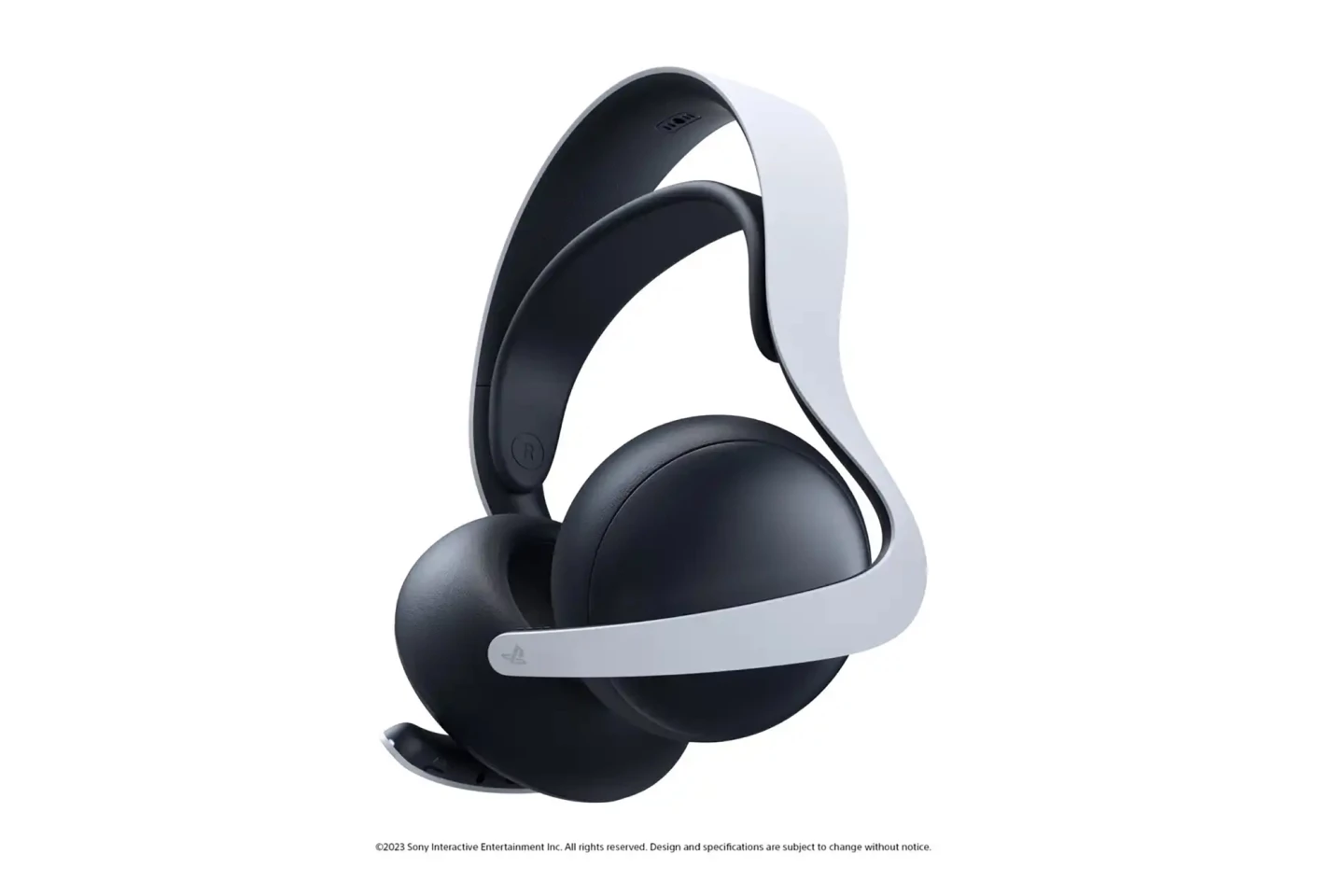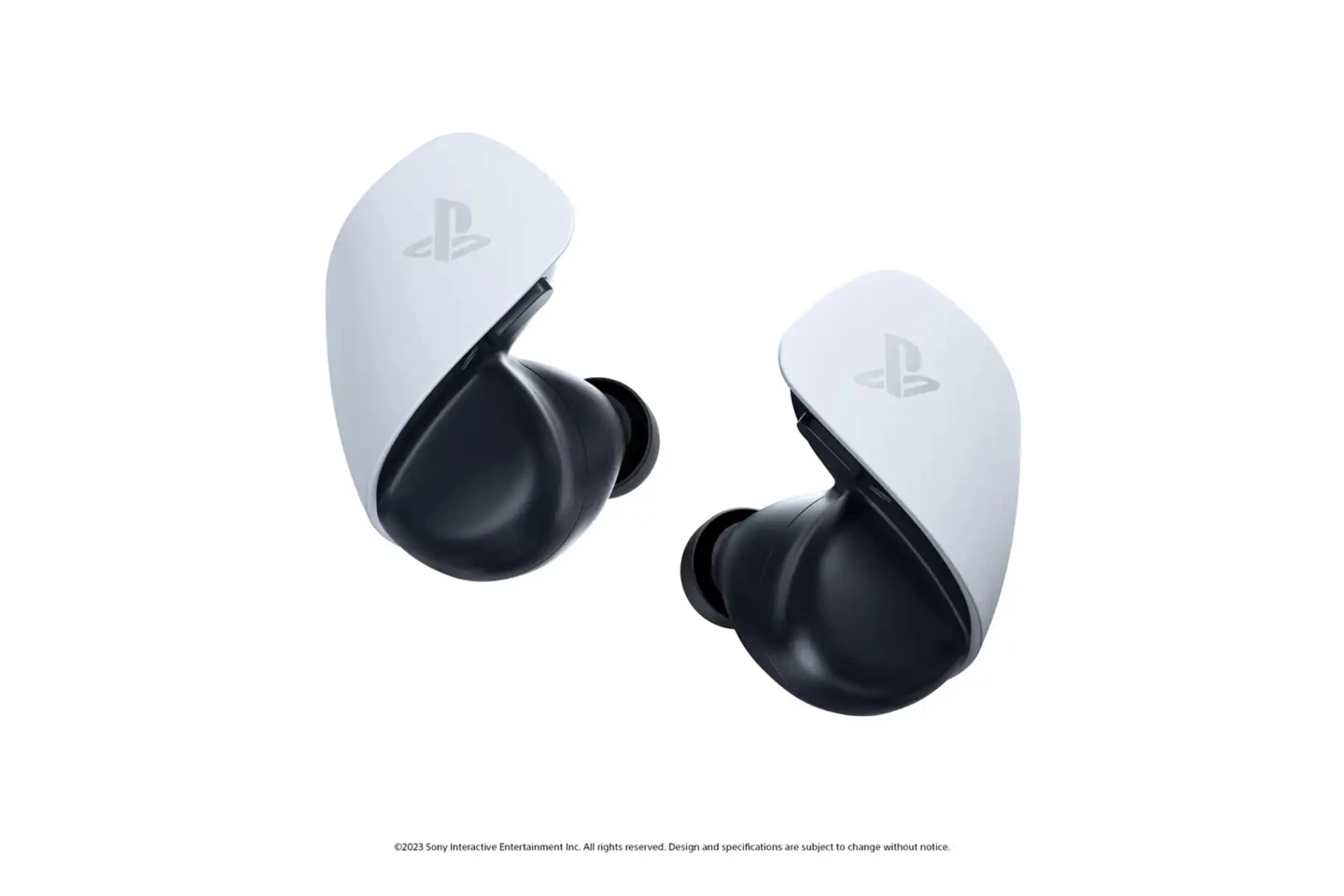Sony gave us a sneak peek of PlayStation’s first dedicated Remote Play device, then called Project Q, back in May. It's now provided more details and announced that the device, renamed Portal, will launch later this year.
According to Sony, the PlayStation Portal is designed to put the PS5 experience in the palm of your hand, using the PS5’s Remote Play feature to stream games from your console over Wi-Fi.
Because it uses Remote Play, everything – home screen, account, trophies, progress – appears on the Portal as it would on your TV, and you’re able to easily swap between games or run another PS5 app without having to quit and reconnect like you would with cloud gaming. The reliance on Wi-Fi may cause issues if you don’t have a strong connection, and latency may become an issue if that connection is tested in any way.
The Portal’s attractive-looking 8-inch (20 cm) LCD screen provides 1080 resolution at 60 fps. As far as handheld devices go, the screen does the job, but it lacks some of the features of other handheld devices (more on that below).

The device’s controls have the same features as the DualSense wireless controller – haptic feedback, adaptive triggers and touchpad – although the light bar is absent, which is not a huge concern. There’s a USB-C port for charging, a 3.5-mm jack for wired headphones and a small pair of speaker grilles if you don’t want to use headphones.
Downsides? There are a few. The Portal isn’t a standalone unit; you can’t play games independently, you can’t download games for it, and you can’t hook it up to a TV to play games. It requires a PS5 – and only a PS5 – to work. There is no internal storage, so the Portal can’t do anything if it's not connected to a PS5, and there’s no Bluetooth. PlayStation VR2 games that require the headset and games streamed through PlayStation Plus Premium’s cloud streaming service aren’t supported. Unlike some Nintendo Switch models, it doesn’t have OLED technology to enhance screen brightness, contrast and color accuracy.
Having said that, for PS5 gamers who don’t always have access to the main TV in the house – because your significant other is binging Netflix, for example – the Portal might be a useful addition. Alternatively, you can watch a sports match on TV while simultaneously gaming. And then there’s the lure of in-bed gaming which, for some, might prove too tempting.
The PlayStation Portal will be available later this year for US$199.99/£199.99/€219.99/¥29,980.
In addition to announcing the imminent arrival of the Portal, Sony also announced the Pulse Elite wireless headphones and Pulse Explore wireless earbuds.

The Pulse Elite offers lossless audio and comes with a retractable boom mic and AI-enhanced noise rejection that’s capable of filtering background noise. They come with a charging hanger. The Pulse Explore is PlayStation’s first set of wireless earbuds, with dual microphones and the same lossless audio and noise rejection as the Elite headphones. They come with a charging case.

Both the headphones and the earbuds use custom-designed planar magnetic drivers for “an audiophile-level listening experience.” And both connect directly to the Portal via new wireless audio technology, PlayStation Link. The Pulse Elite and Pulse Explore can simultaneously connect to a Link-supported device (PS5, PC, Mac, PS Portal) and a Bluetooth-supported device. For example, Pulse Explore can be connected to the PS5 (via the USB adapter) using PlayStation Link and also to a smartphone via Bluetooth so gamers can instantly answer a call and hear it through their earbuds.
The Pulse Elite will be available for US$149.99/£129.99/€149.99/¥18,980, and the Pulse Explore will sell for US$199.99/£199.99/€149.99/¥29,980.
Source: PlayStation










